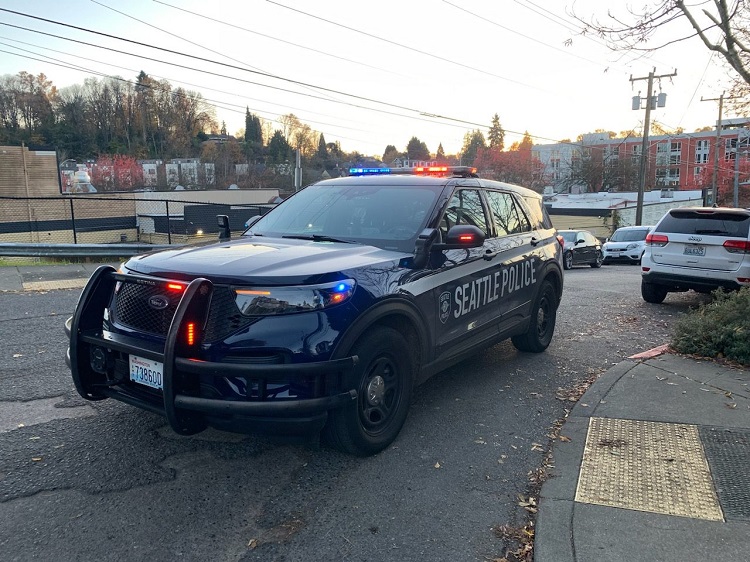South Seattle Robbery

South Seattle, a vibrant and diverse community known for its cultural richness and resilience, has unfortunately grappled with a rising concern: incidents of robbery that have stirred unease among residents and visitors alike. These criminal acts have not only shaken the sense of safety but have also sparked conversations about the underlying issues and the need for collective action.
Robberies, characterized by their suddenness and intensity, have occurred across various neighborhoods in South Seattle, targeting businesses, pedestrians, and homes. While statistics may depict a numerical trend, it’s crucial to recognize that each incident leaves a lasting impact on individuals and the community as a whole, instilling fear and apprehension.
The causes of these robberies are multifaceted, often rooted in socioeconomic disparities, drug-related activities, and systemic challenges faced by certain segments of the population. Unemployment, poverty, lack of access to quality education, and limited resources for mental health support are among the contributing factors that create an environment ripe for criminal activity.
Moreover, the ongoing debate about police reform and community policing strategies also plays a pivotal role in addressing and preventing such incidents. Striking a balance between law enforcement presence and fostering trust between the police and the community remains a complex challenge yet crucial for developing effective crime prevention measures.
However, amidst these challenges, the resilience of the South Seattle community shines through in its proactive efforts to combat robberies. Community leaders, neighborhood watch groups, local businesses, and concerned citizens have come together to collaborate on solutions. Initiatives such as increased neighborhood patrols, advocacy for improved street lighting, and educational programs aimed at empowering residents to report suspicious activities have gained momentum.
Furthermore, the role of technology cannot be understated in the fight against crime. Surveillance cameras, smartphone applications enabling real-time reporting, and community-driven social media groups have proven instrumental in sharing information, increasing awareness, and aiding law enforcement in their investigations.
Addressing the root causes demands a comprehensive approach. Investing in community programs that provide education, job training, mental health services, and support for at-risk individuals can significantly mitigate the circumstances leading to criminal behavior.
Additionally, fostering a sense of ownership and inclusivity within the community is crucial. Encouraging open dialogues, organizing community forums, and amplifying the voices of marginalized groups are integral steps toward building a safer and more united South Seattle.
Conclusion
It’s essential to recognize that overcoming the challenge of rising robberies in South Seattle requires a concerted effort from all stakeholders – law enforcement, local government, community organizations, businesses, and residents. Collaboration, empathy, and a commitment to sustainable solutions are key to making meaningful strides in reducing crime rates and creating a safer environment for everyone.
As South Seattle navigates through these trying times, it’s imperative to remember the resilience ingrained in its diverse fabric. By standing together, leveraging community strengths, and implementing holistic approaches, the community can work towards a future where safety and unity prevail over fear and uncertainty.






